As France and the world continue to come to terms with the aftermath of France’s darkest night since World War 2, it’s perhaps worth remembering that France is the only Republic on which the sun never sets.
The true map of France above shows that France is more than just a European country, but one that stretches around the globe. And as the world stands with France in this dark time, it’s important to know that the light of the sun has not abandoned it.
“Darkness cannot drive out darkness; only light can do that. Hate cannot drive out hate, only love can do that.” – Martin Luther King, Jr
If you would like to support victims of the Paris attacks consider donating to the Red Cross and/or to Doctors Without Borders
The True Map of France Explained
When most people talk about France, what they’re actually talking about is Metropolitan France or the part of France located in Europe. However, the French Republic (France’s official name) is made up of both Metropolitan France and Overseas France.
And unlike British Overseas Territories, France’s overseas departments and collectives are considered to be integral parts of the French Republic. Thus, giving their residents full French citizenship and the ability to vote in national and EU elections.
Metropolitan France accounts for 97% of the French Republic’s total population (64.4 million out of 66.3 million) and 86% of the Republic’s area (551,695 km2 out of 643,801 km2).
The areas can be seen above. They are divided into French Overseas departments and French overseas collectivities. In order of population they area:
French Overseas departments
Have the same status as metropolitan departments and are thus part of both France and the EU and use the euro as their currency.
- Réunion – 844,994 people and 2,511 km2
- Guadeloupe – 403,750 people and 1,628 km2
- Martinique – 386,486 people and 1,128 km2
- French Guiana – 250,109 people and 83,534 km2 (largest region of France)
- Mayotte – 212,645 people and 374 km2.
French overseas collectivities
Have more autonomy from France than Overseas departments do, but can still vote in French presidential, national assembly and senate elections. Some use the euro while other do not and some residents of the collectivities are EU citizens while others are not.
- French Polynesia – 268,270 people and 4,167 km2 (does not use Euro, not citizens of the EU)
- Saint Martin – 36,286 people and 53.2 km2 (uses euro and citizens of EU)
- Saint Barthélemy – 35,906 people and 25 km2 (uses euro and citizens of EU)
- Wallis and Futuna – 15,500 people and 142 km2 (does not use Euro, not citizens of the EU)
- Saint Pierre and Miquelon – 6,080 people and 242 km2 (uses euro, unknown if EU citizens or not)
Special collectivity, Overseas territories & Minor territories
These areas either have no permanent populations or have other differences from overseas departments and collectivities.
- New Caledonia (special collectivity of France) – 268,767 people and 18,576 km2. (does not use euro and not citizens of the EU)
- French Southern and Antarctic Lands (Overseas territory) – No permanent population but generally around 140 military personnel and civilian scientists at any given time covering an area (including water) of 439,781 km2.
- Clipperton Island (Minor territory) – Uninhabited and 6 km2
When taken together, these territories mean that the sun really does never set on France.
You can learn more about contemporary France from the following books:
- Modern France: A Very Short Introduction
- Greater France: A History of French Overseas Expansion
- Countering Terrorism in Britain and France
- The Republic Unsettled: Muslim French and the Contradictions of Secularism
- Why the French Don’t Like Headscarves: Islam, the State, and Public Space
- The Politics of the Veil
- Discourse on Colonialism
- How the French Think: An Affectionate Portrait of an Intellectual People
Find this post interesting? Then please share with a friend:

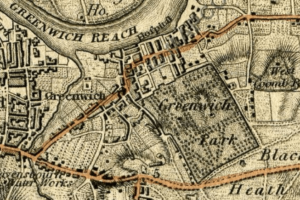
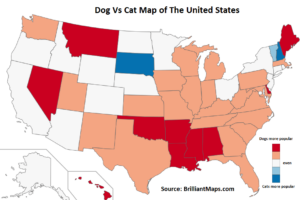
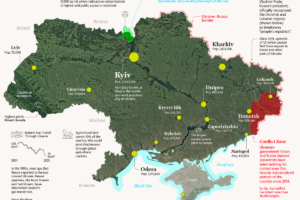
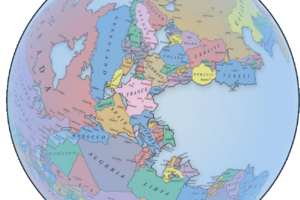
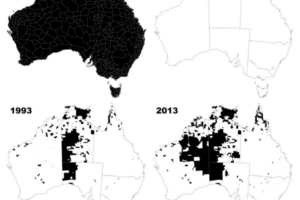
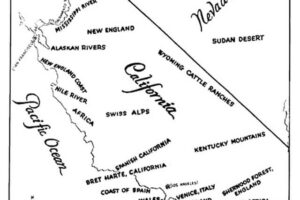
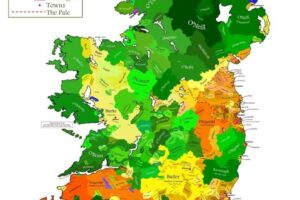
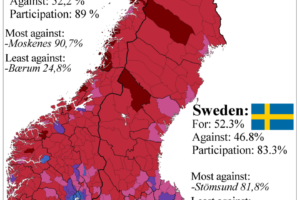
Leave a Reply